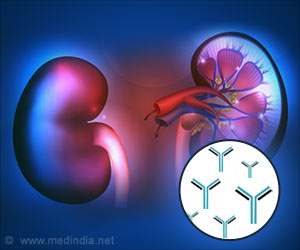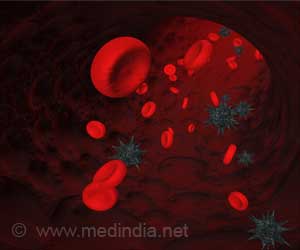Scientific studies have confirmed a long-standing belief that male circumcision can reduce HIV infection rates in men by 60 percent, an international AIDS conference will be told next week.
Scientific studies have confirmed a long-standing belief that male circumcision can reduce HIV infection rates in men by 60 percent, an international AIDS conference will be told next week.
David Cooper, the co-chairman of an International AIDS Society (IAS) conference to be held in Sydney from July 22-25, said research on male circumcision represented a major development in HIV prevention."We always knew that if you went into any particular African country that HIV rates among Muslim men were lots lower," Cooper told AFP.
"But we were never sure that the Muslim men had lower numbers of partners than non-Muslim men, so people always doubted it."
Cooper said the only way to ensure the link between lower HIV rates and circumcision was not due to cultural factors was to carry out random trials, the results of which will be presented at the Sydney conference.
He said three trials were conducted in South Africa, Kenya and Uganda, each involving more than 2,000 heterosexual men, half of whom were circumcised.
"The reduction in HIV infection was about 60 percent, so clearly it works," said Cooper, who is also the director of Australia's National Centre for HIV Epidemiology and Clinical Research.
Advertisement
He said, however, that any introduction of widespread male circumcision in developing countries needed to be carried out with an education campaign that reinforced a safe sex message.
"It merely reduces the risk, you still have to use condoms, men can't think 'that's all I need to do, I can now have unsafe sex'."
The clinical reason for circumcision's preventive effect is still being investigated.
One theory is that the foreskin has a very thin lining and suffers minor abrasions during intercourse, making it easier for the human immunodeficiency virus (HIV) to enter the man's bloodstream. Another is that the foreskin is rich in Langerhans cells, whose surface is configured in such a way that the AIDS virus readily latches on to them.
Source-AFP
SRM/M











